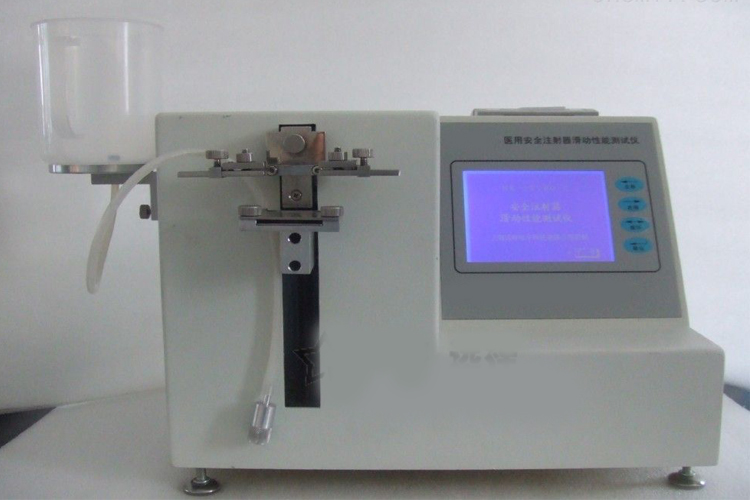The main content and purpose of packaging performance testing
Date:2024-07-23 14:00:00 Views:1187
Packaging performance testingThe main content includesVoltage resistance test, impact resistance test, vibration resistance test, etcaspect. Its purpose isReduce production costs, improve product quality, enhance brand image, etc.

The main content of packaging performance testing is:
Voltage withstand testMeasure the stability and strength of packaging materials and designs under pressure to ensure that they will not be damaged during transportation and storage due to pressure.
Impact resistance testEvaluate the packaging's ability to resist external impact forces to avoid damage during handling, loading, unloading, or transportation.
Vibration resistance testAssess the protective effect of packaging in a vibrating environment to prevent damage or deformation of products during transportation due to vibration.
Water resistance testAnalyzing the moisture barrier ability of packaging materials is crucial, especially for products that require moisture resistance.
Sealing strength testCheck if the sealing part of the packaging is secure to ensure the safety and cleanliness of the product during transportation and storage.
Environmental performance testingEvaluate the environmental friendliness of packaging materials, such as recyclability and the presence of harmful substances, to comply with environmental regulations in different countries or regions.
The purpose of packaging performance testing is to:
lower production costBy selecting high-performance packaging materials, unnecessary packaging can be reduced, thereby lowering costs.
Improve product qualitySuitable packaging materials and designs for products can enhance product quality and taste, and strengthen market competitiveness.
Enhance brand imageHigh quality and innovative packaging can enhance consumers' trust and loyalty to the brand.
Meet legal and regulatory requirementsEnsure that packaging materials comply with relevant food safety laws and contact material standards to avoid the risk of non-compliance.
Optimize the selection of packaging materialsCompare the performance of different packaging materials and select the most suitable packaging solution for product characteristics.
Promote the development of new productsProvide scientific basis and technical support for new product development, especially in packaging design.
Improve production processThrough feedback on test results, optimize production processes, improve production efficiency and packaging quality.
In summary, packaging performance testing is not only a key measure to ensure product safety and efficient logistics processes, but also an indispensable part for enterprises to achieve cost control, enhance brand image, and respond to environmental regulations. Through systematic testing of packaging, companies can accurately grasp the performance of packaging, ensuring that the safety, integrity, and attractiveness of products are fully preserved before they reach consumers.




 Weixin Service
Weixin Service

 DouYin
DouYin
 KuaiShou
KuaiShou





















